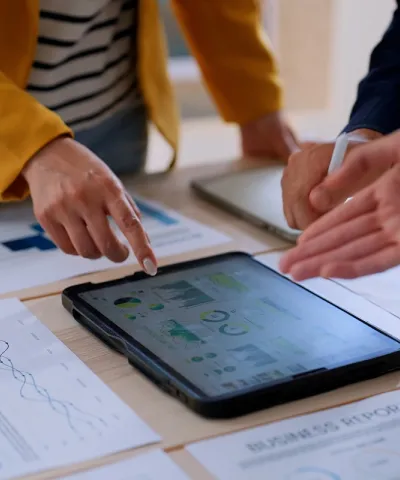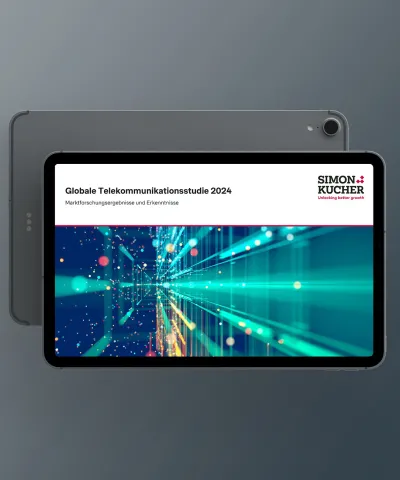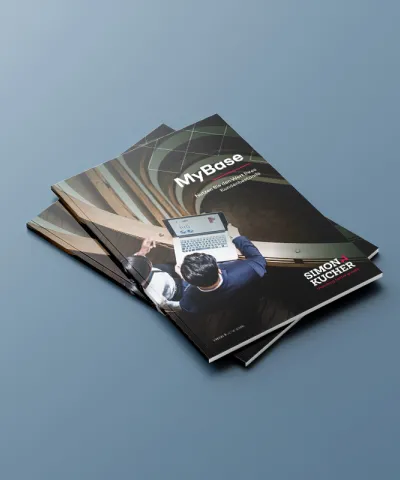With the current inflationary conditions, B2B companies are facing the complex and demanding task of implementing price increases on their existing customer base.
Over the last 24 months, we’ve led numerous price increase campaigns for our clients and witnessed some common trends and pitfalls across the sales and account management organisation.
Here are five most valuable lessons we’ve learnt:
1. Sales and account managers often underestimate their true pricing headroom potential.
A common theme in our campaigns has been the underestimation of pricing potential by account managers and sales teams. Many assume that any price increase will lead to customer churn, but this fear is often unfounded.
Often when setting renewal prices, account managers will apply a significant weight to the difficulty of the last negotiation round with the customer without looking at the broader context of the account. It is important to consider factors including the customer’s (potentially increasing) usage of the product, the potential switching costs to another provider, and the actual ROI they are getting from the product or service.
Educating teams to recognise and utilise this pricing headroom analysis in a systematic manner is instrumental for successful price adjustments.
2. Justifying widely different prices among existing customers is difficult.
Another significant challenge is justifying why different customers are charged varying rates for similar products or services. This is often uncovered when we run a customer ‘distance from list price’ analysis. We find a wide distribution of customers anywhere from 70% below list price up to 30% above list price.
This is typically explained with legacy pricing and customers on grand-fathered rate cards. Over time, it is important to close the gap so you can confidently defend your pricing strategy if ever questioned, whilst ensuring all customers receive fair treatment. This facilitates smoother price increases and enhances overall customer trust.
3. Annual contract price escalators are more common than you think.
Annual contract price escalators are a prevalent yet often underutilised tool for maintaining revenue growth. Many businesses already include these escalators in their contracts, and most likely, your customers already have these in place with their respective end customers. Standardising annual price increases, whether it’s tied to CPI, RPI or a fixed percentage level, helps keep revenue aligned with inflation and rising costs. This helps you avoid the need for sudden, substantial price hikes.
This approach ensures steady growth, financial stability, and is easier to get through customer procurement teams than it was 5 years ago.
4. Some companies are too apologetic with their price increase communication.
We have seen several companies approach price increase communication with excessive apologies and defensiveness, which can undermine the perceived value of the increase. While empathy is essential, it is equally important to communicate the necessity and benefits of the price adjustment confidently.
Presenting price increases within the context of improved services, higher quality products, the high inflationary environment, and overall value helps customers understand and accept the change. If required, try to highlight a customer’s specific increased usage or ROI to support the communication. Confident, clear communication can significantly ease the transition for customers.
5. Account Managers are often not motivated or incentivised correctly to pursue a price increase.
As discussed in a previous blog , there are two issues that have been observed with regards to account management motivation:
Firstly, in certain companies, the account manager and customer success roles are not separated. This results in a single person being responsible for achieving conflicting goals, such as increasing customer satisfaction while implementing price hikes. Furthermore, for companies that do have both roles already in place, often the lines can be blurred, and it is not clear who should communicate the price increase.
Secondly, account managers are often incentivised on NRR (Net Revenue Retention) growth, which is not differentiated for revenue growth from price increases vs. upsell. As a result, account managers may be inclined to ‘game the system’ by offering complimentary products as part of the price increase to soften the blow to the end client. This erodes any future up-sell paths and may reduce the pure margin impact expected from a like-for-like price increase.
It’s imperative that the sales compensation scheme accounts for this and has the right mechanisms in place to incentivise account managers to pursue like-for-like price increases.
Conclusion
The past few years have shown that successful price increase campaigns for B2B companies rely on strategic planning, thorough customer analysis, open and confident communication, and well-designed incentives. Recognising and addressing these key lessons enables companies to navigate price increases more effectively, ensuring sustained growth and customer satisfaction.
At Simon-Kucher, our experts have implemented these insights to improve our B2B clients’ price increase campaigns and helped them gain confidence when optimizing pricing structures. Typical sales excellence projects with us deliver 10-20% revenue growth. To learn more about our approach, contact us today.








